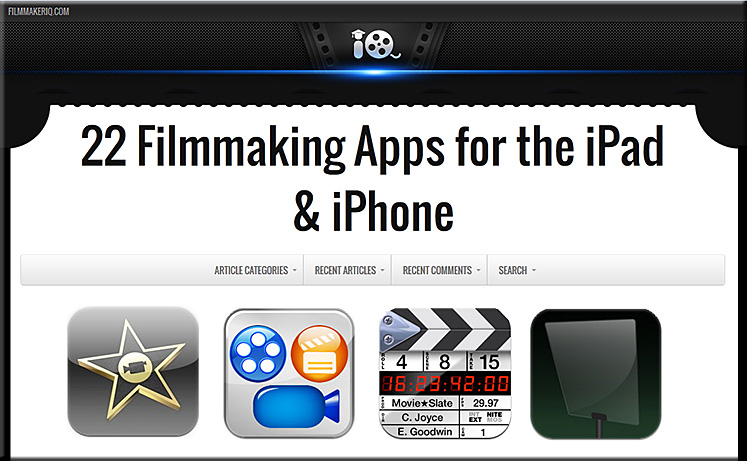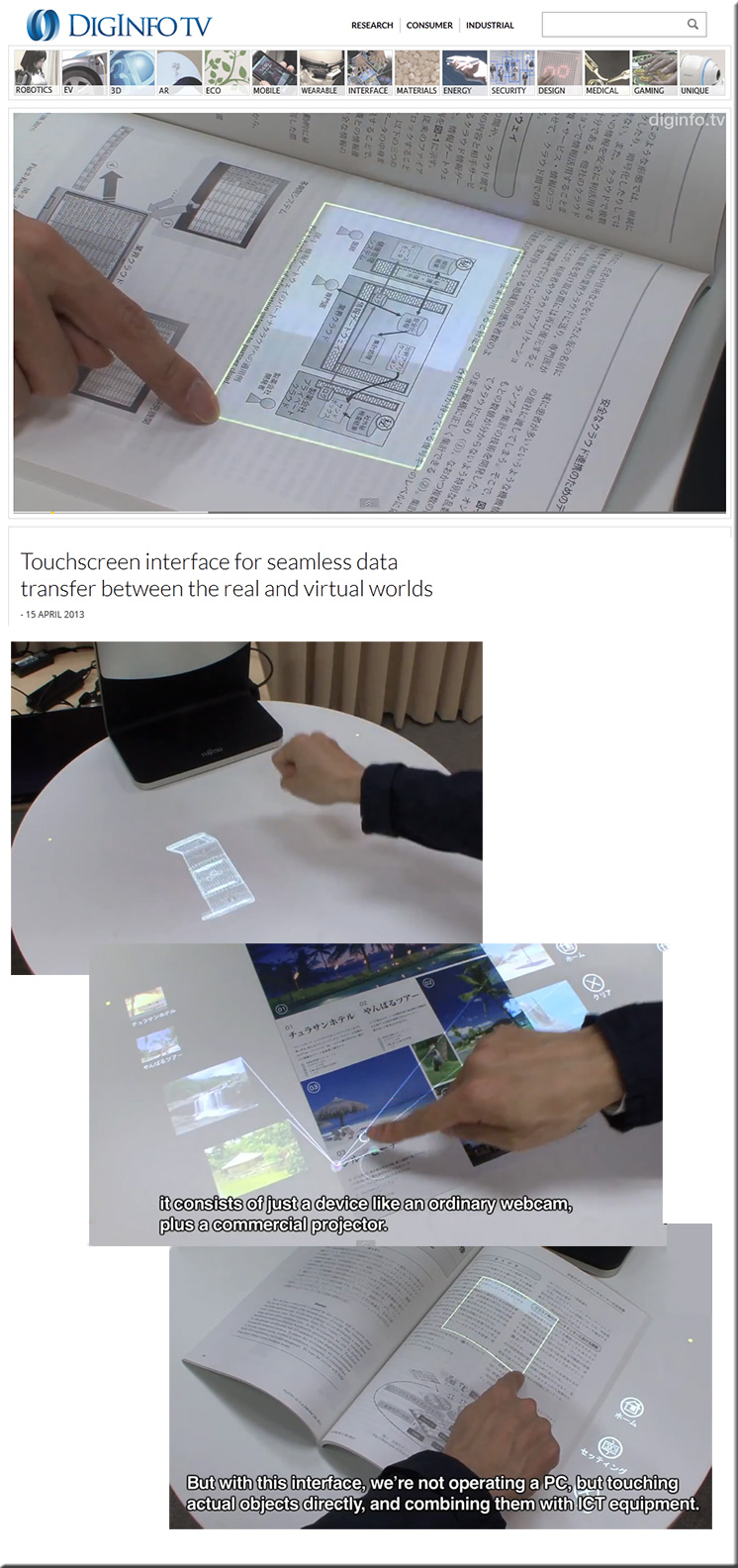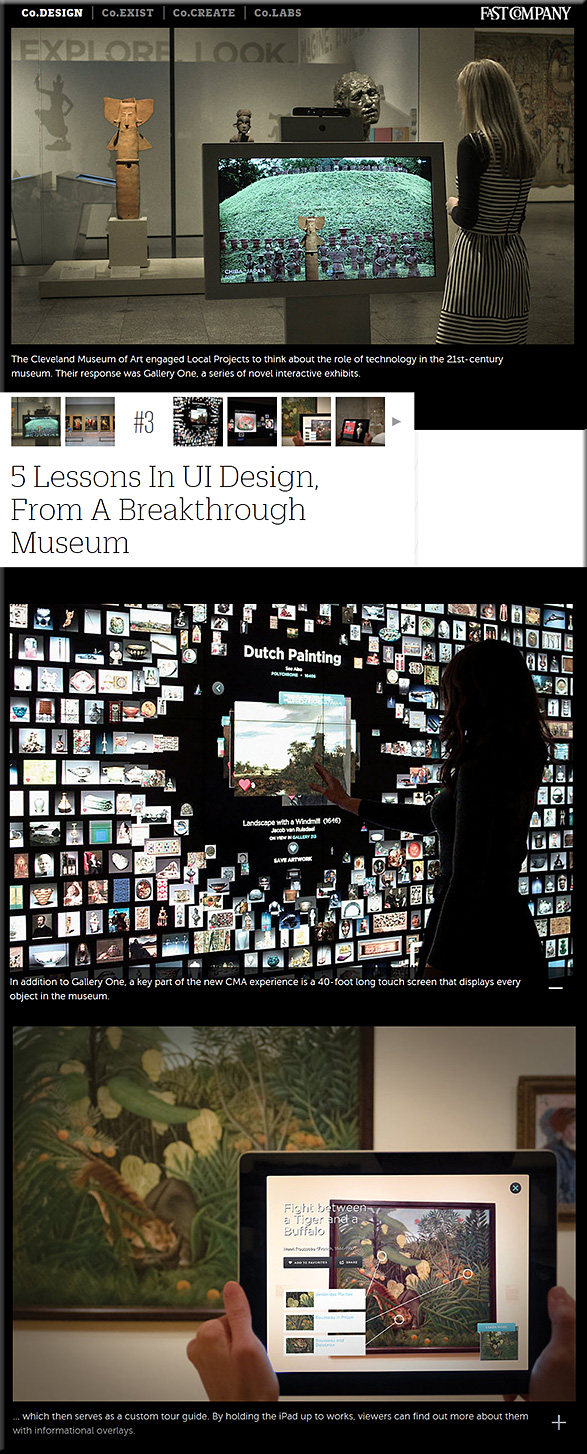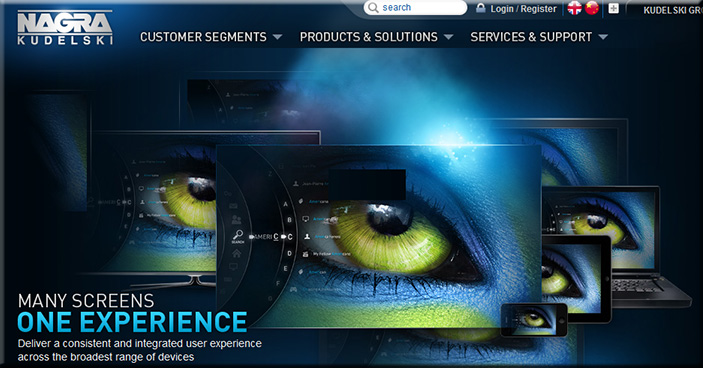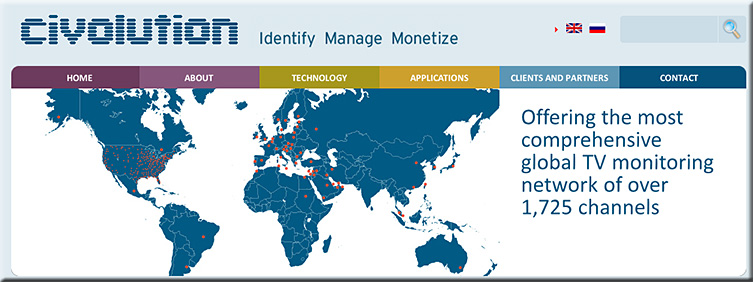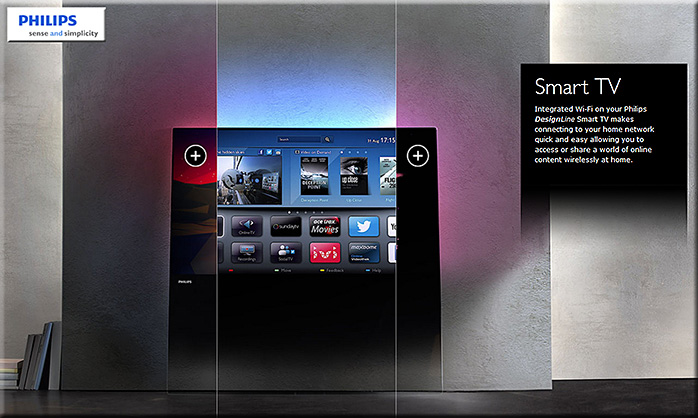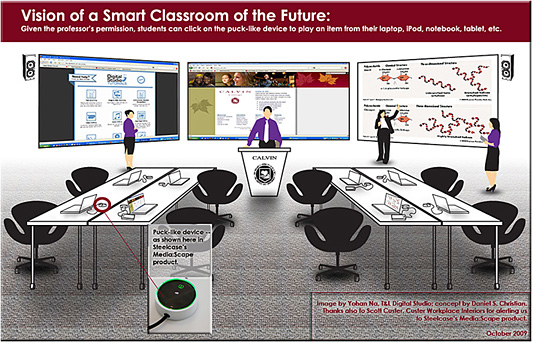Dual screen: The evolution of the second screen — from blog.brightcove.com by Albert Lai
Excerpt (emphasis DSC):
Educational Gamification
In a previous post, we asked readers to suggest their ideas for dual screen applications. One of the more intriguing responses was the suggestion to create companion educational games to accompany associated video content.
In a dual screen experience, as video content is displayed on the television, the application can engage the viewer with relevant and education activities, from content reinforcement to spelling to trivia to memory “games.” One can imagine an interactive amalgamation of Dora the Explorer, Where in the World Is Carmen Sandiego?, and Schoolhouse Rock!

.
.
![The Living [Class] Room -- by Daniel Christian -- July 2012 -- a second device used in conjunction with a Smart/Connected TV](http://danielschristian.com/learning-ecosystems/wp-content/uploads/2012/07/The-Living-Class-Room-Daniel-S-Christian-July-2012.jpg)
Addendum on 4/8/13:
- First Quarter, 2013: Are we on track? An update to the definitive research “The 2nd Screen: Transforming video consumption”— from digitalvideospace.blogspot.com
Excerpt:
The first 3 months of 2013 has been explosive for 2nd Screen. Apps have improved, new apps have continued to launch, clear evidence of growth in the revenue associated with the market can be seen, and the convergence of 2nd Screen companion experiences and 2nd Screen viewing experiences has continued.
Mirror iPad, iPhone, iPod to your screen for free — from Learning in Hand blog by Tony Vincent
From DSC:
Note also that Tony has updated his chart/graphic for the various ways to display your iPad on a projector screen.
8 apps to turn your iPad into a digital whiteboard — teachthought.com
Also related:
- The 4 Easiest Ways To Mirror The iPad (Comparison Chart) — from edudemic.com by Seth Hansen
- Top Five iPad Apps for Teaching Across All Content Areas — from edutopia.org by Andrew Marcinek
- 24 Free Science Chemistry iPad Apps for Students — from elearningindustry.com by Christopher Pappas









